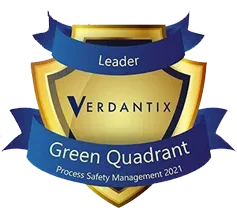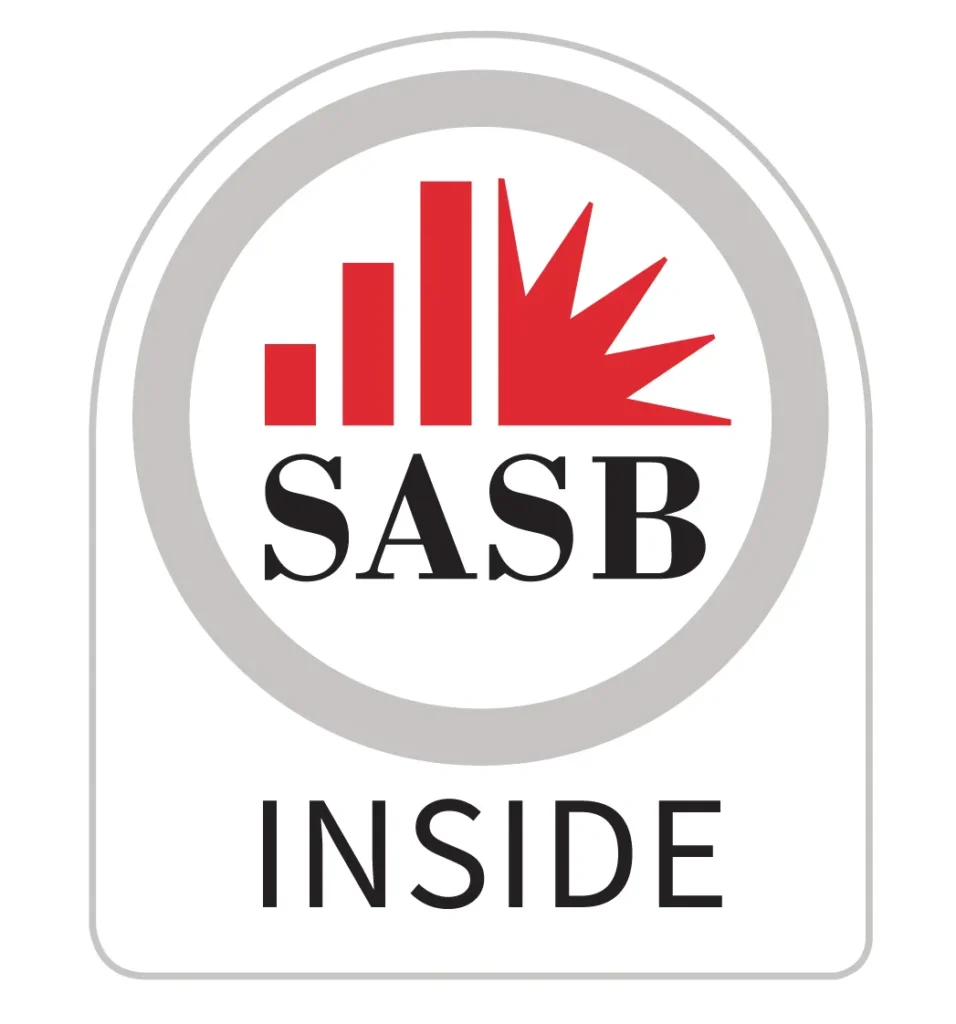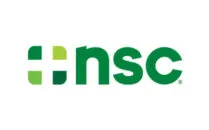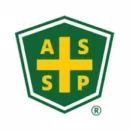Improve your EHS performance and demonstrate your commitment to safety.
Consider certifying your management system to ISO 45001, the international standard for occupational safety & health (OH&S). Even if you’re not interested in certifying, you can still benefit from using ISO 45001 as a resource to improve your EHS programs.
The International Organization for Standardization (ISO) developed ISO 45001 with input from industry representatives and subject matter experts around the world and published the standard in 2018. ISO 45001 takes into account features of other guidelines such as the International Labour Organization’s ILO-OSH Guidelines and OHSAS 18001, the standard published by the British Standards Institute (BSI). However, ISO 45001 goes beyond other standards in its emphasis on employee engagement and a robust, pro-active EHS culture focused on risk identification and control.

Employee Engagement
Hazard Analysis & Risk Analysis
Incident Management
Actions Management
Emergency Planning
Training
Employee Engagement
Effective safety management requires the involvement of all workers. That’s why Section 5.3 of the Standard emphasizes the importance of “consultation and participation” of workers at all levels and functions, including non-managerial workers, temporary workers, and contracted workers under the supervision of the employer.
Hazard Analysis & Risk Analysis
ISO 45001 maintains that the best way to improve safety performance is to eliminate hazards, reduce the associated risks, and adopt a mindset of continual improvement. Success depends on the ability to easily conduct inspections, task risk assessments (TRAs), job safety analyses (JSA), and report hazard observations with employee participation.
Incident Management
The standard defines an “incident” as “an occurrence arising out of, or in the course of, work that could or does result in injury and ill health,” Regulatory requirements such as OSHA’s Recordkeeping Standard or Reporting of Injuries, Diseases, and Dangerous Occurrences Regulations (RIDDOR) for recording and in some cases, reporting, certain incidents resulting in occupational injuries or illnesses. A single system that allows users to capture incidents from anywhere, including through mobile devices, can help give you the accessibility you need for a robust incident management system that meets regulatory requirements, but more importantly, provides intelligent insights into incident patterns so you can prevent future injuries and illnesses from occurring.
Actions Management
Many of the things you do as an EHS professional create the need for further actions – for example, when you conduct an incident investigation, you need to address the identified root causes of the incident. Section 6.1 of ISO 45001 lays out expectations for “actions to address risks and opportunities,” including inclusion of relevant stakeholders in the process. Managing actions without the benefit of modern safety software can make it difficult to funnel all your actions into one place, prioritize your actions, and share progress on closing out actions with stakeholders.
Emergency Planning
The developers of ISO 45001 know that companies need frequent and active engagement with their emergency plans to ensure their effectiveness. According to ISO 45001, effective emergency planning requires communication of relevant information with relevant parties, including the local fire department, who need to have accurate and complete information about chemicals stored at your establishment. Since most workplaces have hazardous chemicals, employers should make sure they have fast access to emergency response information such first aid, accidental release, as well as details about exposure symptoms and medical treatment.
Training
The “Competence” (7.2), “Awareness” (7.3) and “Communication” (7.4) sections of ISO 45001 address training management. Notably, the Standard specifically states that employers must ensure worker competence, including the ability to identify hazards, and that employees must be made aware of the OH&S policy and its objectives. They must also understand the hazards associated with their job tasks, and their own roles in the safety management system. Moreover, you need to be able to easily assign and track training to manage it effectively.
The VelocityEHS Safety Solution Supports ISO 45001
Incident Management
Learn MoreSDS/Chemical Management
Learn MoreEmergency Response Services
Learn MoreInspections & Observations
Learn MoreAudits
Learn MoreAction Management
Learn MoreTraining & Learning
Learn MoreMeetings
Learn MoreCompliance Calendar
Learn MoreJob Safety Analysis
Learn MoreIncident Management
Learn MoreSDS/Chemical Management
Learn MoreEmergency Response Services
Learn MoreInspections & Observations
Learn MoreAudits
Learn MoreAction Management
Learn MoreTraining & Learning
Learn MoreMeetings
Learn MoreCompliance Calendar
Learn MoreJob Safety Analysis
Learn MoreReady to Start your ISO 45001 Journey?
Following ISO 45001 will help you shift from reactive safety management to a much more proactive approach. The standard provides a great framework for fostering the employee engagement you’ll need to move beyond regulatory compliance and start building Environmental, Social and Governance (ESG) maturity. However, it can be difficult to implement efficient processes based on ISO 45001 while still using inefficient tools, like hard copies or desktop software applications. Implementing a purpose-built EHS and ESG software platform, like VelocityEHS Accelerate®, provides the support you need to break out of reactive management cycles and pivot your approach to ActiveEHS®.
The VelocityEHS Safety Solution helps you manage core safety tasks as outlined by ISO 45001, including:
- fostering employee engagement through near miss reporting
- hazard identification, and behavior-based safety observations
- scheduling and completion of inspections using tailored inspection checklists
- initiation and tracking of follow-up actions
- one-stop management of all workplace incidents
- ability to start an incident report from anywhere using a mobile device and attach documentation, including photographs
You’ll have a single platform to track actions generated from different safety management tasks, with the ability to assign responsibility and monitor progress. Chemical management capabilities help you maintain an up-to-date safety data sheet (SDS) library and chemical inventory and provide your workforce with access to chemical hazard information 24 hours a day, 7 days a week, with additional emergency response services available to provide live, expert-provided support on chemical exposures.
Learn how VelocityEHS can help your organization certify to ISO 45001.
Partner with the most trusted name in the industry
Stress less and achieve more with VelocityEHS at your side. Our products and services are among the most recognized by industry associations and professionals for overall excellence and ease of use.





